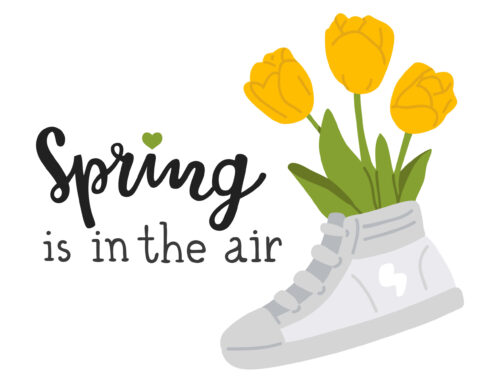Contributed By Vanessa Richardson
http://www.cygnalconsulting.com/
Recent news reports on an outbreak of the 2019 Novel Coronavirus (2019-nCoV) have many people asking, “What’s my risk?” As with each business or municipality the answer depends upon our situation. The risk framework, whether personal or professional, is the same – identify threats (or opportunities), assess, analyze, treat, monitor and control – but the result is almost never the same.
2019-nCoV is going to pose a different risk to a child care facility in Oregon than it will to an investment bank in New York City.
Let’s consider only facts. As of January 29, 2020 there are three confirmed infected individuals in California and Washington State, and zero confirmed cases in or around New York State. It is currently accepted that the virus is transmitted through human to human contact – it is not believed to be airborne. There is a two week incubation period before an infected person becomes symptomatic, meaning an infected person could expose others over a two week period without realizing it.
When assessing risk it becomes critical to assess more than just the bottom line. Typically risks have impacts in one or more of five areas: safety, the environment, social stewardship, performance, and financial. All risk assessments should initially consider some flavor of all these areas. A deadly virus poses a clear safety threat to the child care facility. Additionally, if a facility reports an infected child it may lose business based on panic alone – regardless of fault or error.
The investment bank is impacted by the global economy. Moreover, an outbreak in NYC may impact employee health and their ability to perform. Safety, social stewardship, performance and financial impacts fall out of both organization’s risks.
How much ‘risk to take’ is absolutely dependent on the individual or organization and absolutely dictates how ‘high’ or ‘low’ they assess the risk. Asking parents to consider keeping their child at home in advance of an outbreak may be prudent. Similarly, at some point, encouraging employees to telecommute may be advisable. The parameters for how to assess risk must be carefully defined, communicated and trained ahead of time. Clear and honest communication is the best course to take. Trying to downplay or hide an event is typically the worst course of action. Losing confidence and trust is the ultimate risk to your business.







CDC currently recommends cleaning and disinfecting your home as among the best precautions to take against CoronaVirus 19, or SARS-CoV-2, and most other germs. CDC directs readers to the EPA for a list of approved disinfectants.
https://www.epa.gov/pesticide-registration/list-n-disinfectants-use-against-sars-cov-2
High risk individuals and their caregivers should consult the CDC website or their physicians for further guidance.
High risk people continue to be older adults and those with underlying respiratory illnesses.